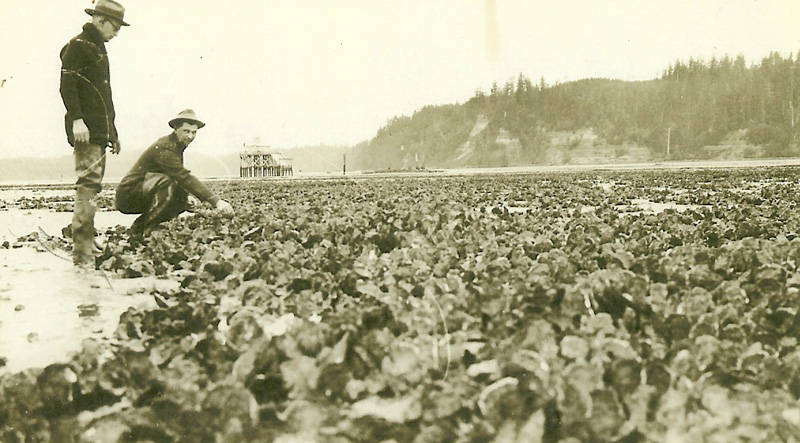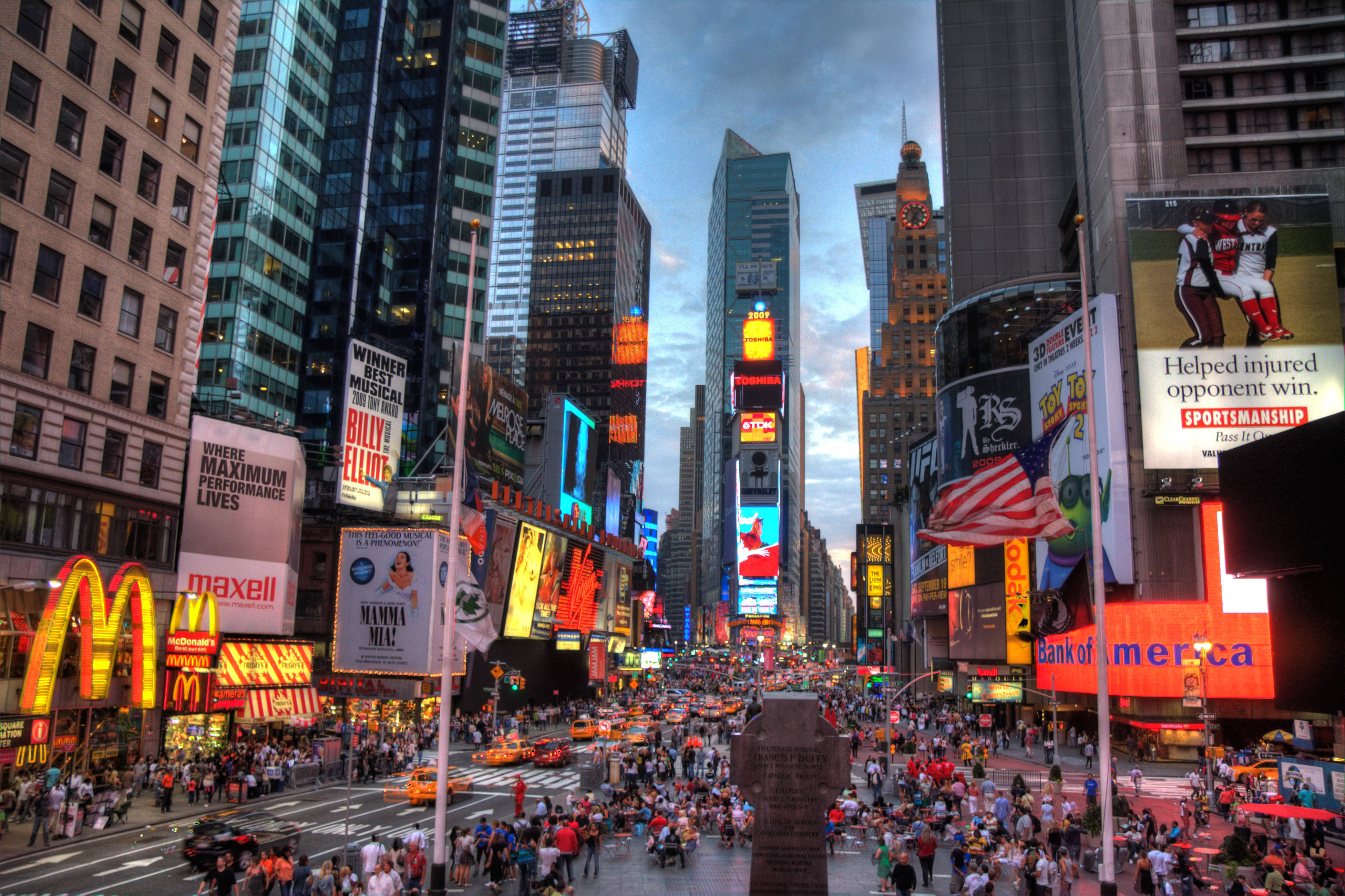New York - the city that never sleeps. The city, which today is the most densely populated city in the USA, with 8.5 million inhabitants. The city was founded by the Dutch in 1624 and was originally called New Amsterdam. The city, which was even the US capital for a while, today does not even have the status of the capital of the state in which it resides. But why worry when it is the capital of the world.
In New York, melting pot of cultures, where it is spoken through 800 languages, one feels like a tiny ant in the middle of an anthill. Sartre is about The Big Apple (a name that New York, according to one interpretation, earned in the 30s, after the great economic crisis, when they failed financiers in business suits in the city center selling stocks of apples from suburban farms) said that Mr wide avenues they make the gloriously uncontrollable, special and admirable. And if his heart is Manhattan, with all the toothpicks sticking out of it, his belly is underground railway system.

centenary of independence.
It is a city that today beats to the beat of a punk song and inspired a Czech composer at the end of the 19th century Dvořák, who dedicated his 9th symphony to him "From the New World" ("From the New World"). But we're giving you something historical facts about New York City that textbooks and travel guides have left out.
- In the 17th century, when the Dutch hit, Manhattan's shores were flooded with oysters.

- New York Harbor due to the harsh winter of 1780 frozen and people could walk between Manhattan and Staten Island.
- New York opened in 1895 the first pizzeria in the USA.
- It was invented in New York in 1857 toilet paper.
- The last one hurricane, which combed New York long and hard, wreaked havoc in 1821. Not only did the storm batter the city, Thor hammered so hard that it was flooded up to Canal Street (lower Manhattan).
- Even in 1893, New York was close to a natural disaster, but avoided the worst. But then the hurricane was wiped off the map Hog Island.
- Since 1869, there have been burials on Hart Island (off the coast of the Bronx). million people.
READ MORE: 21 unusual facts about Scotland
- In colonial times and until World War II, the city was known as ti "Moving Day" (moving day), which took place every May 1st. On that day, at 9 o'clock in the morning, all tenants' leases expired at the same time, and they could change apartments at that time if they did not agree to the new conditions that February 1st set up by landlords.
- Pinball machines or arcade games were banned in New York until 1978.
- Until 1957, 27 New York post offices were connected by a 43-kilometer subway pneumatic (tube) system.
- In 1920, a horse-drawn carriage filled with explosives was blown up on Wall Street. 30 people died, but the perpetrator was never found.

- Irish pub McSorley's it did not allow women to enter until the 1970s.
- Many parks, such as Madison Square Park, Washington Square Park, Union Square Park, and Bryant Park, once were cemeteries.
- Times Square was originally called Longacre Square, and got its current name in 1904, when the New York Times moved its company headquarters there.

- The city sold it in 1978 an island on the East River for everything 10 dollars.
- The Bronx Zoo in 1906, in addition to the monkeys, he also placed an African in the monkey house.
- In 2010, it was just 38% calls to the emergency number (911) the result of "pocket dialing/calling"
- November 28, 2012 there were none reported in New York violent act or crime. Unfortunately, such days are as rare as diamonds there.
Adapted and adapted from:
www.omgfacts.com






